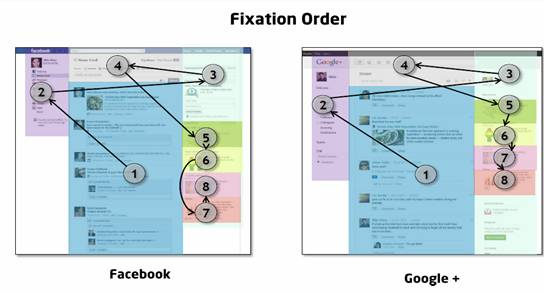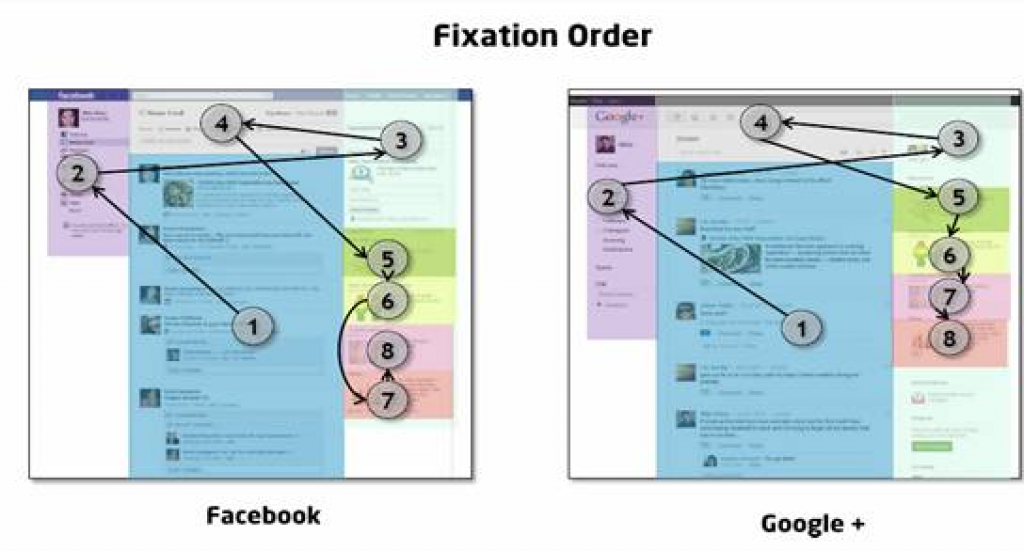I spent a few days at BDTI's Oakland office this week, as you already know if you saw last night's writeup on the interview with UC Berkeley's Jitendra Malik. Among other things, I had a face-to-face meeting with the folks who work on the Embedded Vision Alliance website. Stay tuned for more news on the site improvement front, as our ideas transform into implementations.
Guiding our website enhancement decisions, in part, are traffic analytics reports which provide us with information such as the following:
· Which areas of the EVA website (along with which particular pieces of content from those website areas) are particularly popular from a traffic standpoint
· How long do visitors stay on the EVA website, and how many discrete pieces of content (pages, video clips, ads, etc) do they typically 'touch' during their visits
· Who the visitors are (geographically, ISP, company, etc), what percentage of them are registered users, and which browsers they use
· Where they come to the website from; search engines, other referring technology sites that have published links to material on embedded-vision.com, etc, and
· What search terms they use to find material once they're on the EVA website
Equally valuable would be information on which areas of a particular page on the EVA website catch a viewer's attention. Such feedback is helpful, for example, in guiding our page layout decisions. One effective means of capturing this data is the webcam built into the bezels of an increasing percentage of both laptop-inclusive and standalone computer displays. By logging and subsequently analyzing a viewer's eyeball-movement patterns, you can discern which portions of a page particularly catch his or her attention, along with how long he or she lingers on any particular region.
To be clear, this capability isn't just a theoretical brainstorm on my part; as the Wall Street Journal noted last week, companies such as EyeTrackShop already offer products that implement the idea. Specifically, EyeTrackShop recently conducted a study of 54 computer users, most of them under the age of 34, on the Facebook and Google+ home pages. The two sites have near-identical layouts and (perhaps not surprisingly) generated near-identical eyeball-movement profile results.

Although Google+ does not (yet, at least) host advertisements on its site, EyeTrackShop's conclusion was that it will have Facebook-like success if and when it chooses to do so.


